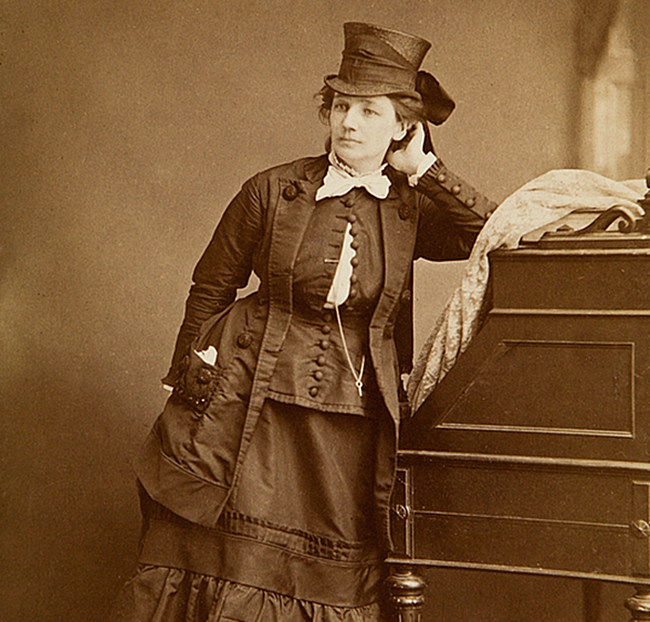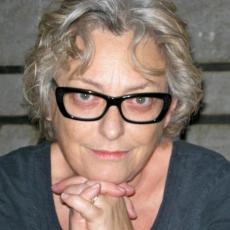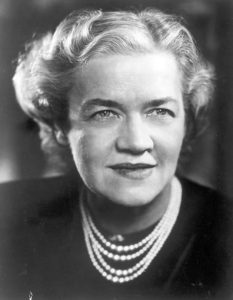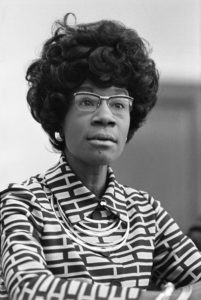
As Democrats gather in Philadelphia and Hillary Clinton accepts her party’s nomination for the presidency, it is worth pausing to consider the history of previous female presidential candidates.
“Women have been running for president since before they had the right to vote,” said Andrea Friedman, professor of history and of women, gender, and sexuality studies in Arts & Sciences at Washington University in St. Louis. “This has been a very long time coming.”

Friedman, who studies 20th-century feminism and politics, points out that the first woman to seek the presidency was suffragist Victoria Woodhull, who was nominated in 1872 by the newly formed Equal Rights Party. (The legality of Woodhull’s candidacy is murky, due both to her gender and because she was not yet the constitutionally mandated 35 years of age.)
Notably, Woodhull’s running mate was the writer and former slave Frederick Douglas — at least in theory. Douglas did not appear at the convention, nor did he publicly accept the nomination.
“Woodhull didn’t really campaign,” Friedman acknowledges. “But the point wasn’t that she thought she could become president. The point was to demonstrate that a woman was ready for the job.”
Woodhull was followed, in 1884, by Belva Ann Lockwood, the first woman admitted to the U.S. Supreme Court bar, who defeated writer Abigail Scott Duniway for the Equal Rights Party nomination. In 1920, suffragists Laura Clay and Cora Wilson Stewart received largely symbolic votes at the Democratic convention, and in the 1940s the comedienne Gracie Allen ran as a publicity stunt, stumping for the “Surprise Party.”

But in 1964, the Republican senator Margaret Chase Smith of Maine announced her candidacy in a speech before the Women’s National Press Club. A widely respected figure, Smith had spent eight years in the U.S. House of Representatives but shot to national attention in 1950, shortly after joining the Senate. “Margaret Chase Smith made her name as an opponent of Joseph McCarthy,” Friedman said. “She denounced him on the Senate floor.”
After limited campaigning, Smith took fifth place in the New Hampshire primary, second place in Illinois, and fifth place at the Republican convention — a respectable showing. Doing even better, in 1972, was Shirley Chisholm, the democratic congresswoman from Brooklyn.
“Shirley Chisholm was the first African-American woman elected to congress in the United States,” Friedman said. “She was a remarkable politician and activist, and was particularly important in the fight for the equal rights amendment. She talked about the bias and discrimination she experienced both as an African American and as a woman.”

The title of Chisholm’s 1970 autobiography, “Unbought and Unbossed,” also served as her campaign slogan. Like Woodhull, Chisholm “did not run for president because she thought she could become president,” Friedman said. “She ran, she said, ‘in spite of hopeless odds … to demonstrate the sheer will and refusal to accept the status quo.’”
Patsy Mink, a democratic representative from Hawaii — and the first Asian-American woman elected to congress — also ran in 1972, but withdrew after the Oregon primary. Yet Chisholm, like Smith, took her campaign all the way to the nominating convention. She received about 150 ballots, putting her fourth in a field of 15.
Chisholm’s strong showing helped pave the way for subsequent major party candidates, especially as women began moving into Congress in the last quarter of the 20th century. In 1984, congresswoman Geraldine Ferraro received the Democratic nomination for vice-president. Carol Moseley Braun, who served in the senate from 1993-99, ran for president in 2004. More recently, of course, Carly Fiorina has sought the Republican nomination, while Sarah Palin received the vice-presidential nomination in 2008.
“I think it’s important to recognize that Clinton’s success comes in the wake of all these women,” Friedman said. “The country might not have been ready for them, but they were ready for the task.”